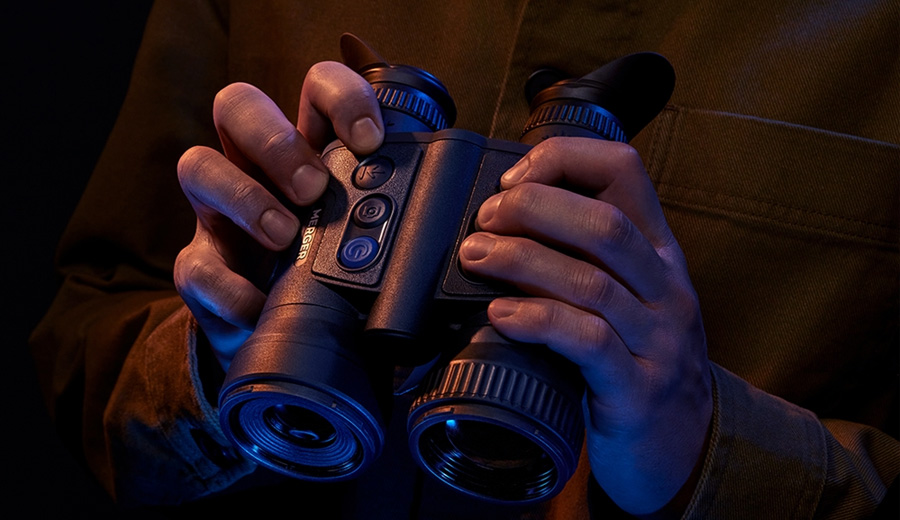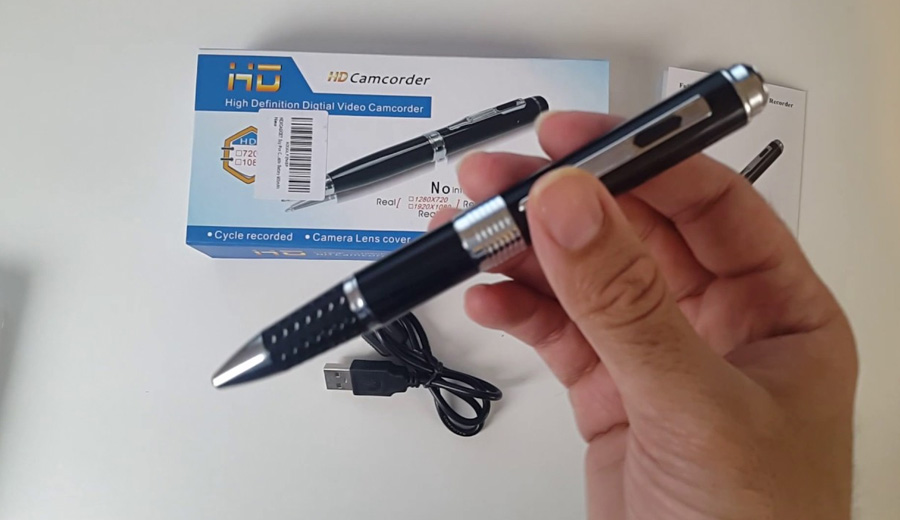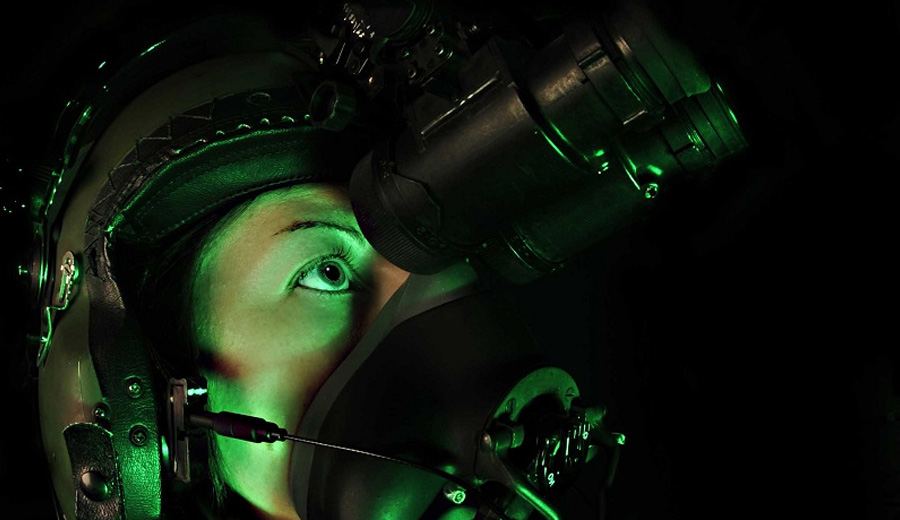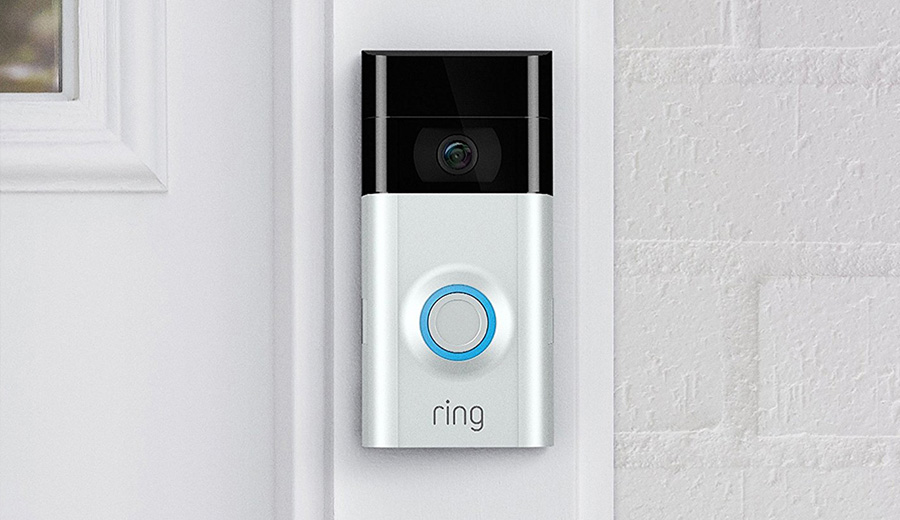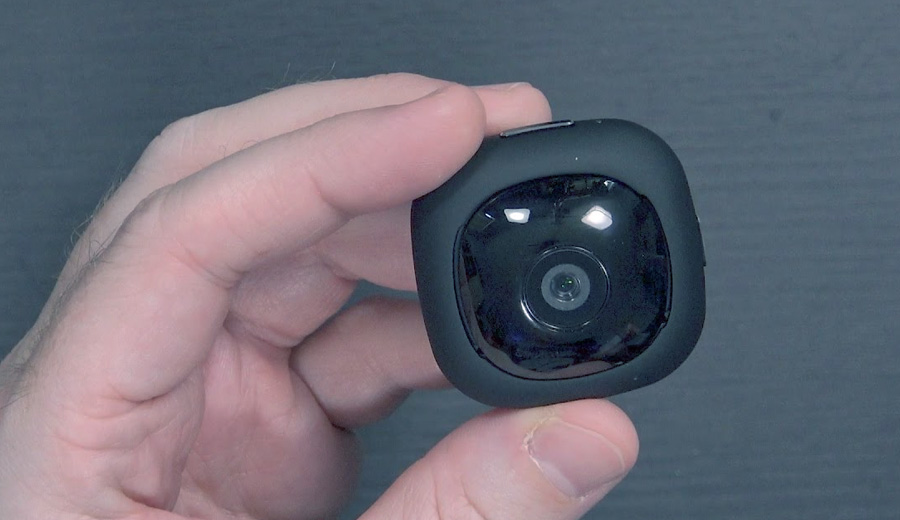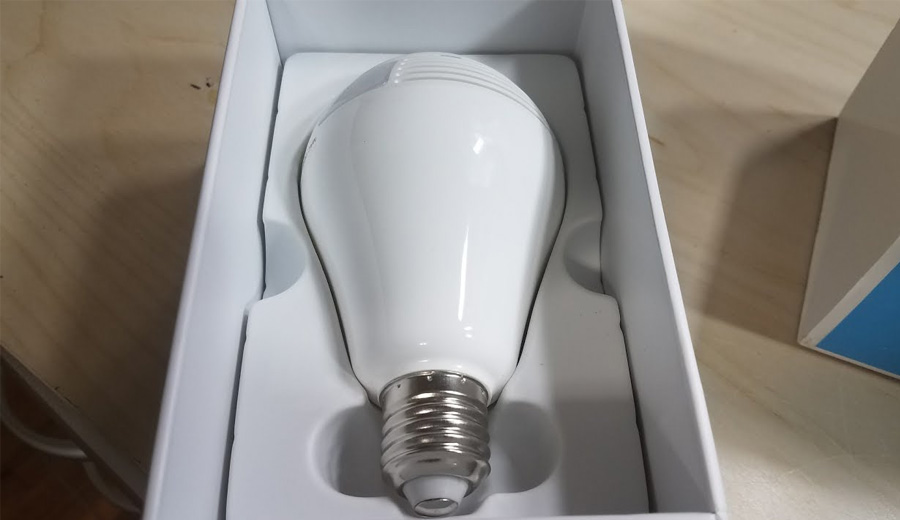In the ever-evolving landscape of spy and surveillance technology, the collision between surveillance, privacy, and the law has been a constant subject of debate for years now.
Emergence of privacy laws can be largely attributed to the use of spy cameras, which can be used for security, as well as, a way of invading someone’s privacy.
Let’s try to go through and note the some of the more important time in recent history that followed the evolution of privacy, spy camera legislations.
Early Beginnings: The Emergence of Surveillance and Legal Void (1800s – early 1900s)
The theory of surveillance and the law governing it, dates as far back as 19th century. Although, it was in slightly different form than we have today with surveillance cameras.
In essence, the first privacy laws were centered on preserving physical space of individuals. There was no all-encompassing law that explicitly referred to such devices. However, it gave the first grounds to privacy laws we have today.
Mid-20th Century: Invasion Privacy and The Initial Legal Response (1950s – 1970s)
Much later, from the mid-20th century, there was a change of societal concerns on privacy invasion. The protection of personal privacy was realized in high-profile cases such as Katz v. United States in 1967.
These cases paved the way to stronger legal protections for preventing unwarranted snooping by the government. However, laws specific to spy cameras were still lacking.
1970s – 1990s: Emerging Technology and Legislative Responses
Small size of more modern recording devices increased privacy concerns among legislators. In reply, several states within the U.S. began to legislate against unauthorized recording of private conversations, thus paving the way for statutes pertaining to secret recordings.
Late 1990s – Early 2000s: Digital Cameras and Video Recording
This led to numerous other challenges associated with explosion of digital world. The advent of affordable and quality recording devices exacerbated the issue about invasion of privacy both public and private.
The legislators had to examine old laws and think of new ones that would involve those new digital recording devices.
21st Century: Modernization of Privacy Laws
Lawmakers noted that as technology develops at a high speed, the existing privacy laws needed amendments so they could match the prowess of spy cameras.
These changes encompassed a broader scope, including workplace surveillance, privacy in public spaces, and personal recording.
Many countries enacted or reformed legislation on spy cameras, specifying the conditions in which they can and cannot be used.
Recent Years: Balancing Innovation and Protection
The existing legal framework seeks to achieve balance in promoting innovations and also safeguarding civil liberties.
Laws concerning spy cameras vary among jurisdictions these days and tend to cover issues of consent, public and private spheres, motives for the recordings.
For instance, some areas require explicit consent for recording in private spaces, while others emphasize stronger rights to security and protection in public areas.
Challenges and Future Considerations
Privacy laws still continue to develop in the face of ever-changing technology.
The development of facial recognition and artificial intelligence technologies makes it even more challenging to navigate the future regulations.
The discussions over ethical use of spy cameras, security versus privacy, and need for worldwide regulations remain relevant till this day.
Conclusion
Changes in privacy laws regarding the spy cameras are reflective of society’s efforts at dealing with the challenges that technology presents.
The legal time line is one of the constant attempts to find a middle ground between benefits of surveillance and personal privacy.
In these modern times, policy makers and legislators need to be flexible when it comes to legislation of surveillance devices. We don’t want to hinder the growth in this area, as security is #1 priority for many families and businesses.
On the other hand, people’s privacy is crucial in a free society and that must be respected. So, the challenge here is to find that sweet spot between these 2 levers of our ever-changing society.


